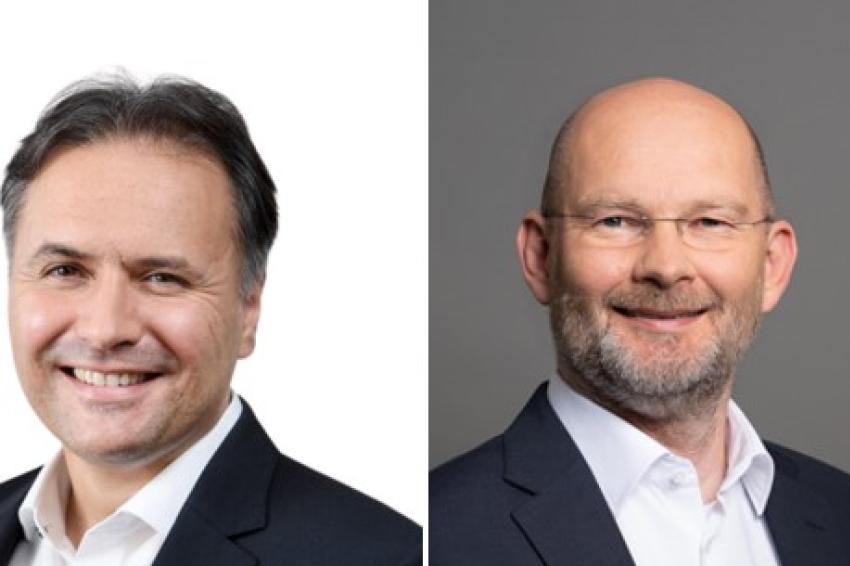Preparing the Future — TCO Optimized Investments
How important is the topic of CapEx optimization for chemical companies?
Investments in new technology and capacity are and will stay a key component in the strategic portfolio of chemical companies to ensure competitiveness and growth. Due to the long-term nature of investments, companies increasingly focus on the total cost of ownership (TCO), which also includes environmental factors such as industrial policy incentives, long-term energy cost expectations or available feedstock at the planned location. Simultaneously, chemical companies often operate in very different market environments, each requiring a different focus and balance between OpEx and CapEx. Of course, every company will strive to optimize and use CapEx as effectively as possible.
What are fundamental components to ensure optimized investments?
According to our experience there are four topics which need to be addressed: first and foremost the need for a robust stage gate process engaging multi-disciplines and stakeholders effectively. It starts with a solid FEL (Front End Loading) phase ensuring good understanding of critical project factors and market conditions. This enables the project team to understand priorities and take correct decisions along the project delivery.
Second, to intelligently build-in regulatory requirements and approval steps and timelines into the project plan. This includes, fore example, to differentiate project types by their risk profile and have adapted deployment models like simplified “fast-track” options with lower requirements on reporting and approvals.
Third, to build-in conditions to ensure a trustful collaboration between multiple parties involved. This starts by having, for example, a business partners on the engineering side understanding well market requirements of the “internal client”. Part of this partnership is to align and defend a common “first number” for cost estimate and have agreed rules for collaboration.
Last, but not least, it is critical to drive CapEx spend to an TCO optimum considering market conditions.
Which factors should be considered in terms of a comprehensive TCO analysis?
In the past, a very close eye was usually kept on the key financial figures. Today, a much more comprehensive approach is taken. In addition to the actual running costs, this increasingly includes sustainability aspects such as energy efficiency or the CO2 emissions of assets, which are included in the evaluation of investment costs in the form of sustainability coefficients.
This means that by quantifying these environmental factors a certain compensation can now be created to justify higher CapEx for investments in more sustainable structures. In other words: sustainability has become a key factor in the investment decisions of chemical companies.
What levers can companies in the chemical industry use to directly influence costs in the CapEx environment?
There are various starting points for reducing CapEx when building new plants or expanding existing ones. It is crucial for effective optimization that the engineering teams are prepared to question things actively. Typically, this is done in cost-down workshops in which, based on the specifications, a minimum solution is examined to determine what is functional, sensible and necessary.
Further starting points typically arise wherever “external” requirements are introduced into the engineering process — for example, in safety. There can be no compromises when it comes to safety-critical elements. At the same time, a pragmatic translation of the safety requirements into system design is mandatory — with the aim of designing safe and operable systems. In addition, there is potential in the actual execution as well as in cost engineering, that is, the detailed scrutiny and benchmarking of cost structures. The latter is less pronounced in the chemical industry compared to other sectors. So, specifically techniques from Value Engineering and proven Best Practices from other industries can help to bring down CapEx for an agreed scope by 10–20%.
What role does digitalization play in this?
Digital technologies can safeguard investments by digitally simulating the effects of certain measures before investing in physical infrastructure or adapting a chemical process. On the one hand, this relates to process engineering, where a digital twin can be used to simulate the effects of certain parameter changes on the chemical reaction.
On the other hand, 3D models can be used as part of plant planning to involve not only process technicians and plant engineers but also representatives of the shop floor in the design process at an early stage. This makes it possible to identify planning errors instead of having to correct them later with high CapEx input.





